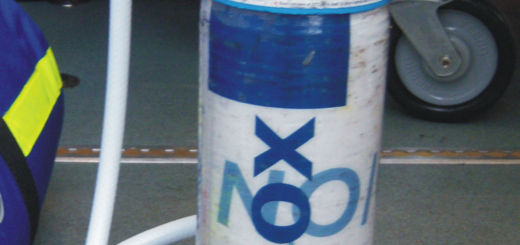What is the difference between Viral and Bacterial Meningitis?
An infection of the fluid of a person’s spinal cord and the fluid that surrounds the brain, meningitis is the result of a viral or bacterial infection. It is often referred to as spinal meningitis. The severity and treatment of the illness are determined by the cause, whether it is viral or bacterial.
So what is the difference between viral and bacterial meningitis?
Viral Meningitis
Viral meningitis occurs most often in children, and is caused by any one of a number of different viruses. It is serious, but rarely fatal in persons with normal immune systems. The symptoms, including fever, headache, stiff neck, fatigue, rash, sore throat, nausea and vomiting, usually last for 7 to 10 days, and typically result in a complete recovery.
Viral meningitis is most often diagnosed by laboratory tests of spinal fluid obtained with a spinal tap. There is no specified treatment for this form of meningitis; most patients recover completely on their own with bed rest, fluid intake, and fever- and headache-reducing medication.
Some forms of viral meningitis are contagious, but the chances of catching and developing the disease are small to moderate. In fact, most people are exposed to the viruses that cause meningitis at some point in their lives, but very few actually develop the disease. The most effective method of prevention is frequent, thorough hand washing after coming into contact with someone who has viral meningitis.
Bacterial Meningitis
Bacterial meningitis is a result of infection caused by bacteria from one of two sources: infection in another body part that spreads to the meninges (thin membranes that cover the brain and spinal cord) or through a head injury with allows the infection to enter.
It can affect virtually anyone, but it is most severe in persons under the age of 2 or over the age of 60. Bacterial meningitis requires constant medical care, and can result in death or permanent brain damage if not treated quickly and properly.
The symptoms include fever, chills, sweating, headache, stiff neck, vomiting, sensitivity to light, red or purple skin rash, confusion, lethargy, unconsciousness, sore throat or other signs of respiratory illness.
Bacterial meningitis can be treated, but treatment must be started early in the course of the disease to be effective. Some forms of the illness are contagious, but not as much so as the common cold or the flu.





